The self-reliant plant
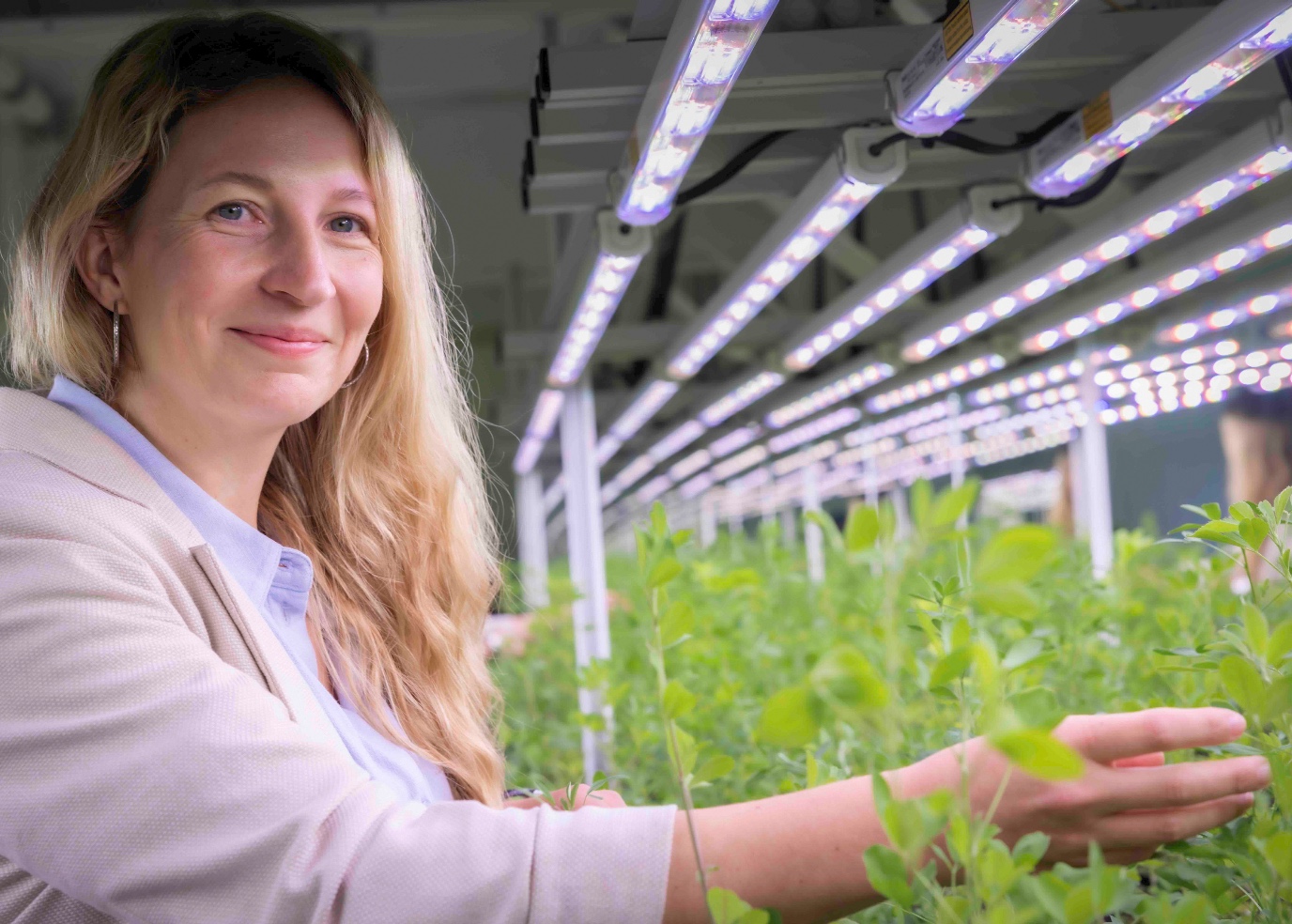
‘Agriculture currently focuses mainly on productivity: plant varieties have been selected to be as productive as possible,’ says Kira Tiedge, assistant professor of Plant Functional Genetics and Genomics. Whereas many of these plants were perfectly capable of dealing with their environment, newer varieties can often no longer survive without pesticides and other external inputs. Tiedge’s group investigates the chemical substances that plants use to thrive in challenging conditions, with the goal of selecting the most robust varieties.
FSE Science Newsroom | Text Charlotte Vlek | Images Leoni von Ristok
This is the second in a three-part series about sustainable agriculture research at the Faculty of Science and Engineering of the University of Groningen. Today’s topic is plants. In the next article, you can read about how we can help animals that suffer from our intensive land use.
Do you know that smell of freshly cut grass? That typical fragrance of fresh, green, spring? That’s a distress signal given off by the plant. Using smell, the grass gives off a signal to others nearby: there is a ‘predator’ at work here (the lawn mower, that is). ‘Plants have all kinds of ways of communicating with their environment by producing specific substances. The biggest and, for us, most interesting group of such substances are terpenes. The taste of your toothpaste, the smell of fruit: they’re mostly terpenes,’ Tiedge explains.
Plants use these terpenes in specific situations: for example, to draw in insects for pollination or to attract certain bacteria in the soil for underground collaboration. Tiedge investigates in which ways plants use these terpenes. ‘For instance, during drought, plants produce specific terpenes that lure in bacteria which then help the plants to take up the remaining water more efficiently. We want to know exactly how that works, and which plant varieties excel in that regard.’
Understanding what makes a plant successful
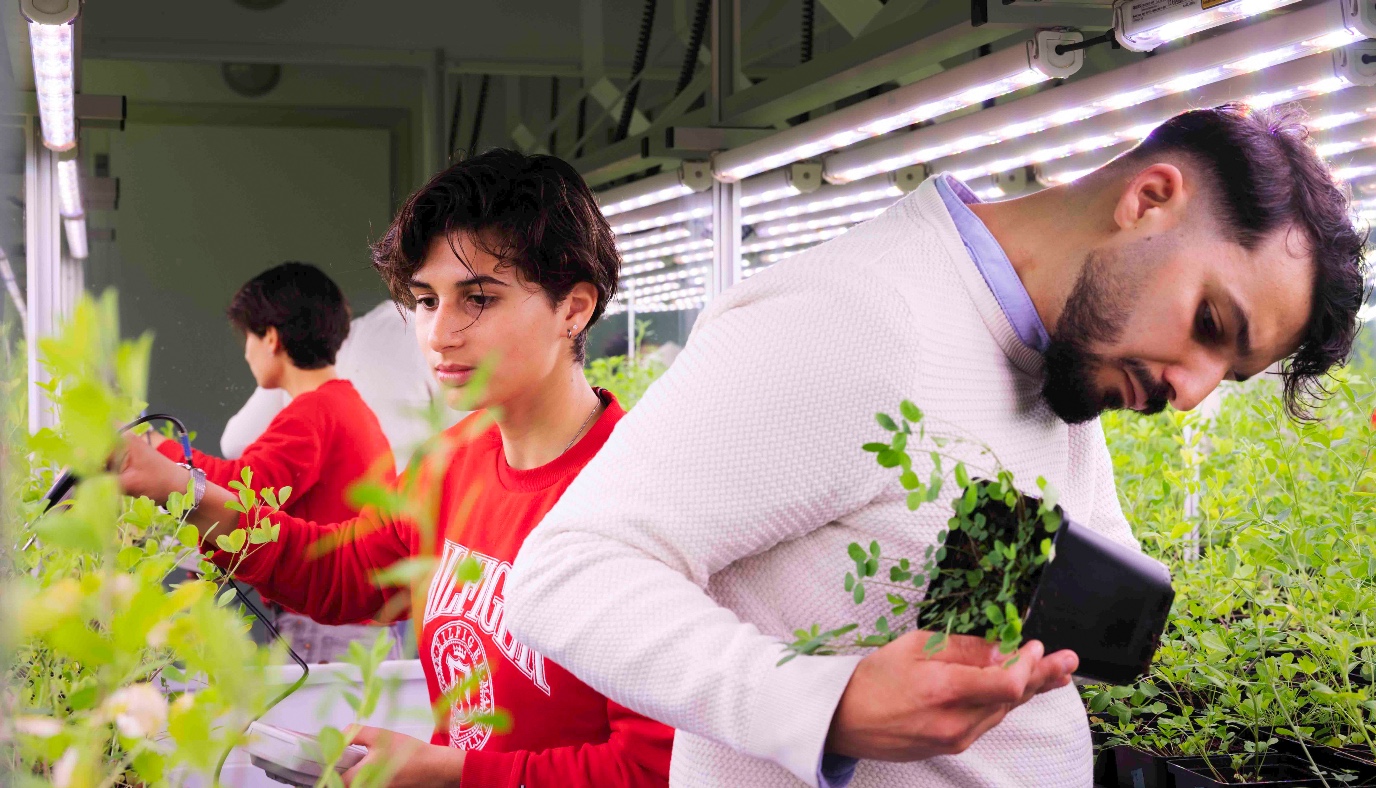
The ultimate goal is to arm the plants so they can better withstand current circumstances, such as the lengthy drought of this spring
Tiedge shows rows of plants in greenhouses and growth chambers. ‘We grow ten varieties of potatoes, for instance, or fifteen varieties of alfalfa,’ she reports. Alfalfa is an extremely healthy plant and a great source of protein. Moreover, alfalfa has deep roots that can reach water more easily, and it harbours bacteria in its root system that can fix nitrogen from the air into the ground. As a result, alfalfa needs little water or fertilizer to grow.
In Tiedge’s lab, the different varieties of the same plant all get to cope with a specific challenge, based on actual challenges that farmers are facing: drought, for instance, or higher soil salinity. Tiedge: ‘We then find out which plant best survives that challenge. Next, we carry out a chemical and a genetic analysis: we grind up the plant and measure the substances that are present, and we look at which genes are activated in the plant.’ The goal is to understand what exactly makes a successful variety successful.
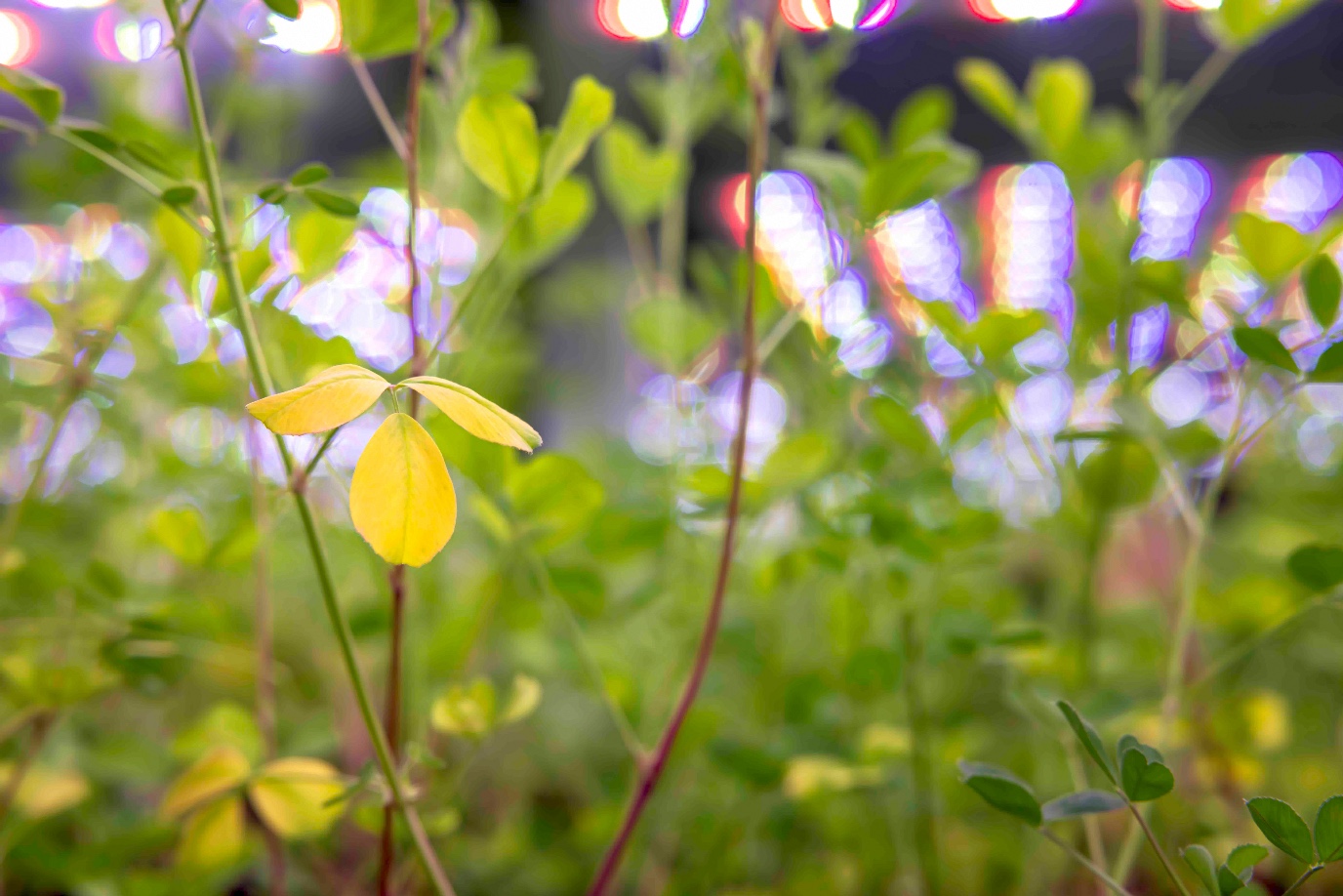
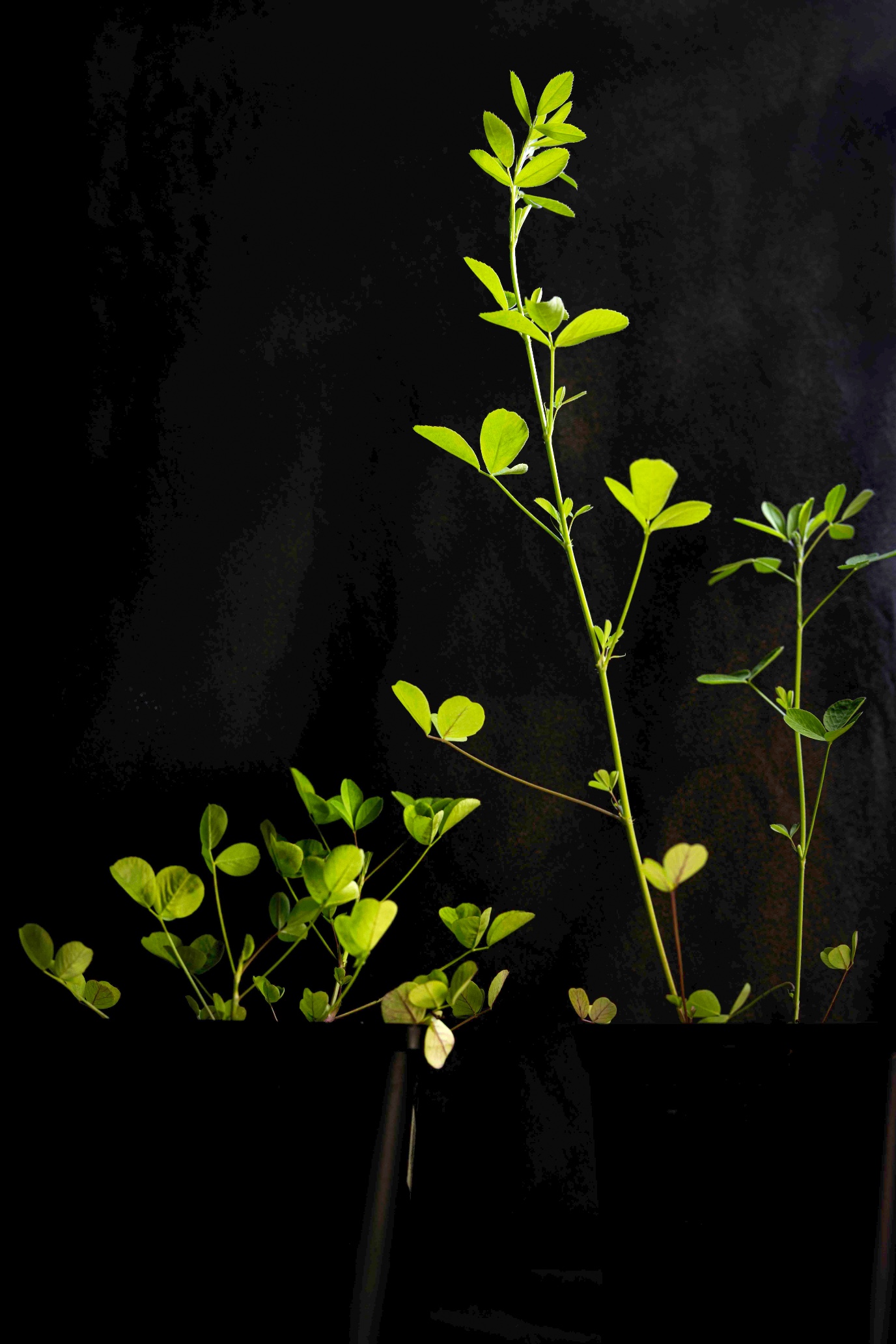
Once you know the genetic basis of a successful plant, a seed breeding company can select for these specific properties. ‘We help these companies focus their search on the most robust varieties that can produce helpful substances,’ Tiedge reports. ‘The ultimate goal is to arm the plants so they can better withstand current circumstances, such as the lengthy drought of this spring.’
The potato plant and its bacteria
In one project, Tiedge and her colleagues collaborate with HZPC, a Dutch potato breeding company. ‘For 96 varieties, HZPC wanted to know: what substances do these plants produce, and which bacteria do they attract?’ A part of Tiedge’s research group is collecting data at HZPC as we speak: ‘They take a piece of the root and a sample of the soil to find out which substances the plant is exuding into the soil. They also sample which bacteria are present in the soil and measure the plant’s yield. ‘
The company itself has all the genetic information for these 96 potato varieties, and by combining all data, they hope to draw connections between the genes, the substances that the plants produce, and the bacteria that are attracted to the plants. The next step is to investigate what functions these bacteria have for the plants: do they help protect the plants against diseases, for instance, or help the plants better withstand drought?
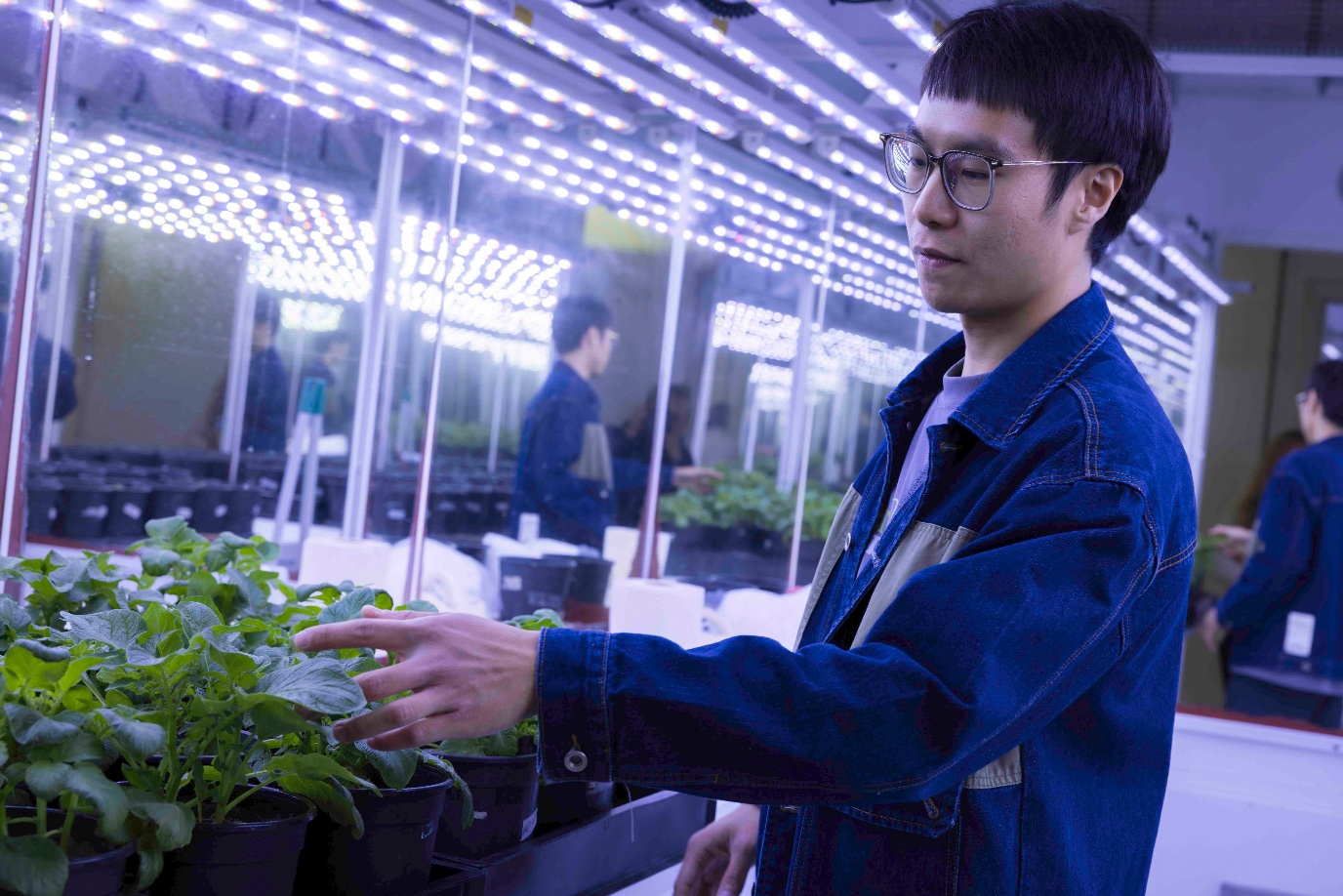
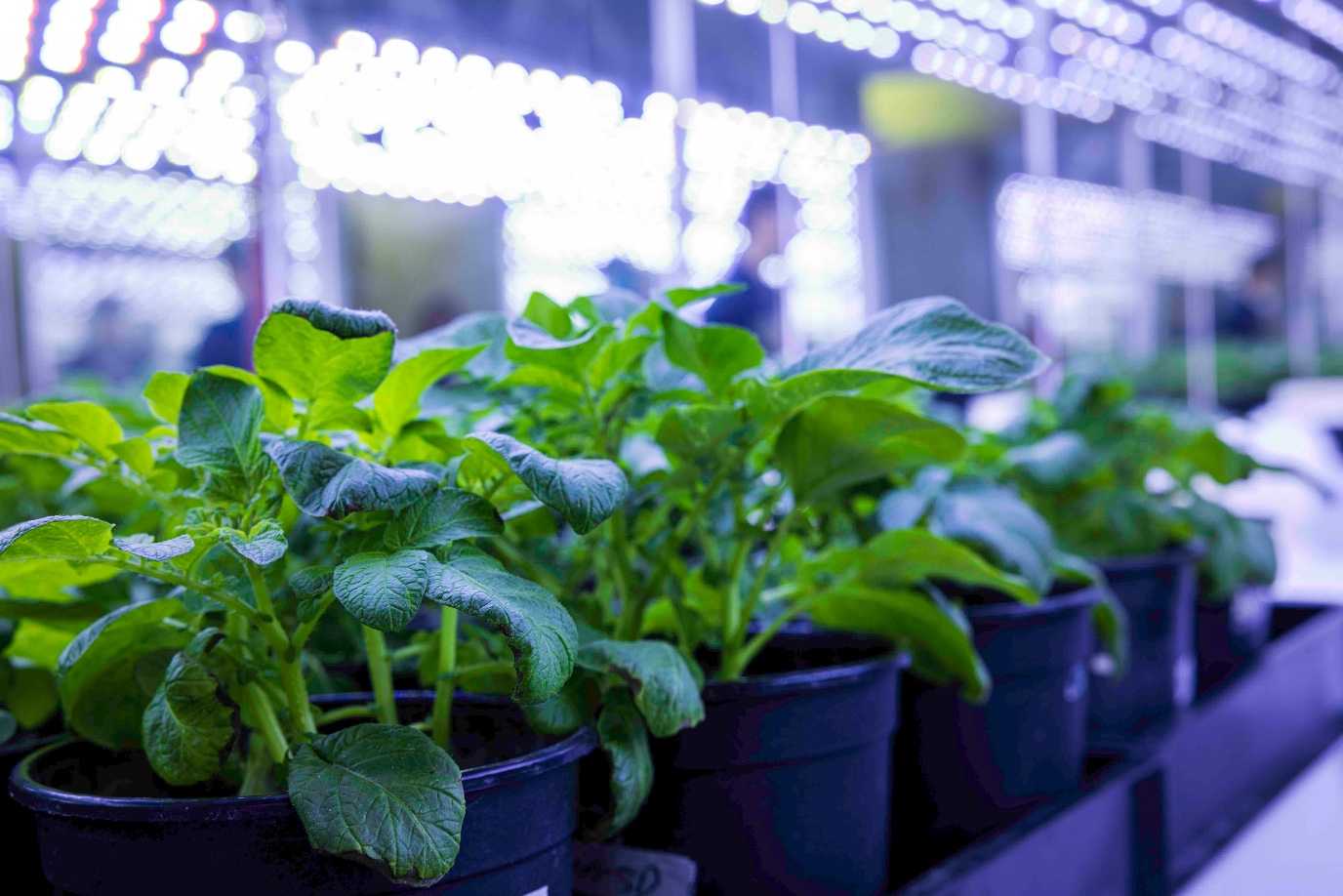
Plants that are beneficial to the soil
Professor Joana Falcao Salles, who was featured in the previous article of this series, also investigates the effect of different plant varieties on the soil. Falcao Salles’s research group studied 900 different varieties of the potato plant. First, they only focused on the theory: by looking into what was already known about these varieties, they were able to reduce the selection to 200 varieties. These 200 were then grown in glass vials, where the researchers could easily measure which substances these plants produced at their roots. The best 50 were then grown in the greenhouse, and in the end, the best 10 were grown in the field. Falcao Salles: ‘And there we saw: these ten are indeed very productive without the need for artificial input.’
It's a stepwise process towards less input
A plant that does well in challenging circumstances will be more resilient against diseases, Tiedge explains. That means that fewer external solutions are required. Of course, Tiedge would prefer a system in which agriculture does not require any external inputs at all. ‘But we don’t want to be naive,’ she says. ‘Ultimately, we want to help move the transition forward. And when a plant can grow with less external input, such as less artificial fertilizer, less water, or fewer pesticides, that’s already a win.’
| Published on: | 12 June 2025 |
Farmers only grow a limited number of crops these days, which has significant consequences for the animals that live there. Raymond Klaassen researches what adjustments farmers could make to improve the conditions for the species most affected by modern agriculture, such as the skylark.
| Published on: | 05 June 2025 |
Kira Tiedge investigates the chemical substances that plants use to communicate with their environment, to select robust varieties that can better withstand challenging circumstances such as diseases or drought.
| Published on: | 22 May 2025 |
Healthy soil does not need chemical fertilizers, is more resilient against pests and diseases, and can take up more water and carbon. But what exactly constitutes healthy soil, and how do we bring it back once it has deteriorated? This is what Professor of Microbiology Joana Falcao Salles and postdoc Barbara Prack McCormick are studying.
| Last modified: | 05 June 2025 2.06 p.m. |
More news
-
04 July 2025
University of Groningen awards various prizes during Ceremony of Merits
The UG awarded different prizes to excellent researchers and students during the Ceremony of Merits on 4 July 2025.
-
02 July 2025
Relinde Weil reappointed as a member of the Supervisory Board UG
The Minister of Education has reappointed Relinde Weil for a second term as a member of the Supervisory Board of the University of Groningen.
